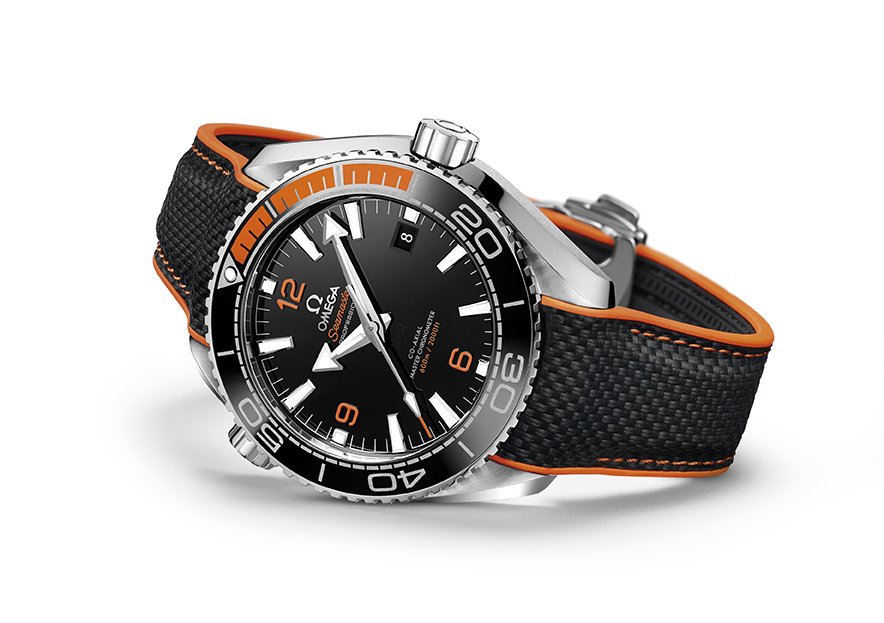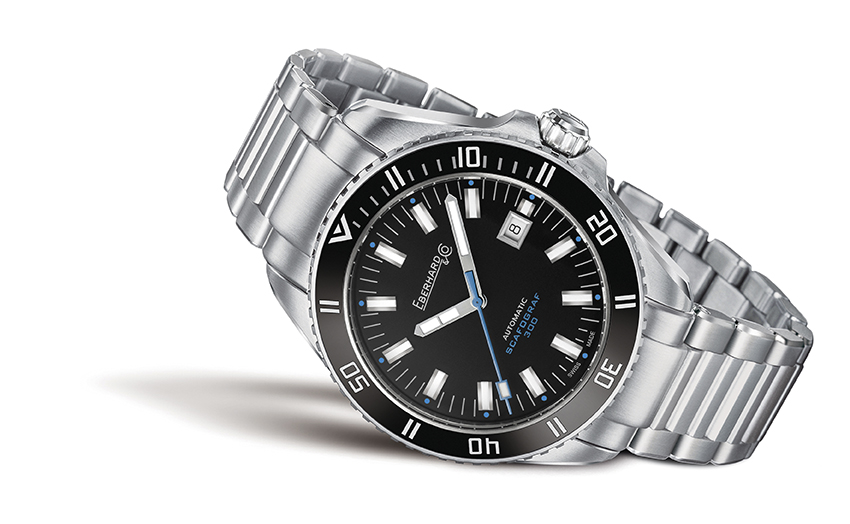The toughest challenge for the horologist is to make the watch waterproof. But this winning feature is not the only reason diver chronographs ooze so much appeal. Unrivalled good looks teamed with cutting-edge technical features ensures it travels fluidly both over urban terrain and under coastal waters, regardless of whether or not this complicated watch is worn to go deep sea diving. Indeed, the world of haute horologerie continues to add intriguing new twists to these versatile timepieces, but before we delve into some of the latest models of temptation, let’s first take a look at those essential features that make the diver chronograph so desirable.
The watch case is usually rounded to optimise water resistance and prevent catching.
The professional models for saturation diving at great depths are fitted with a helium release or escape valve to prevent the crystal from being blown off by an internal pressure build up during long periods of submersion.
The unidirectional (anticlockwise) bezel is built for shock-resistance, with at least at every 5 minutes elapsed minute markings to indicate the time spent underwater in the event of accidental knocks.
The dials and markers on the watch face and bezel are designed for underwater and low light legibility.
Stuff you might not know: each diving watch that features a minimum water resistance greater than the equivalent of 100m (330ft) is individually tested (those for shallower depths are sample tested), but given that it is submerged in water no hotter than about 18°C, it’s best to take it off before you dive into a hot bath or take a sauna.
@All right reserved









